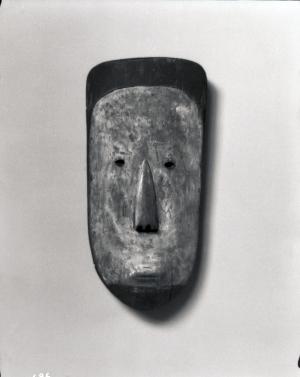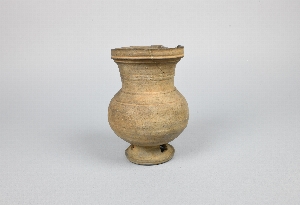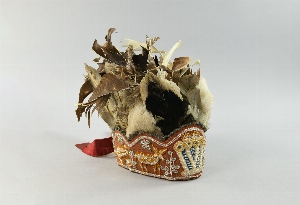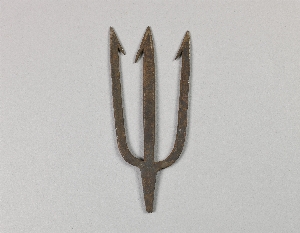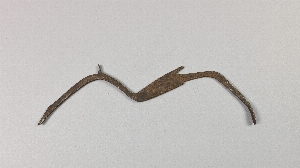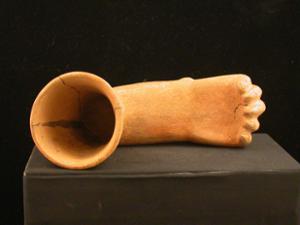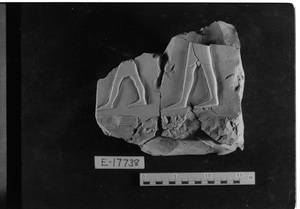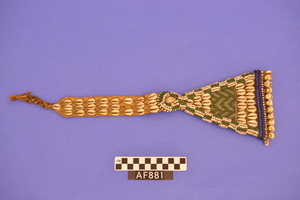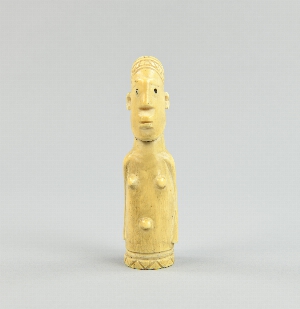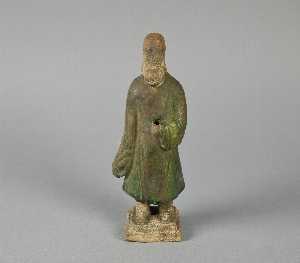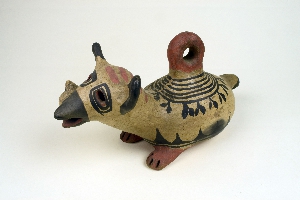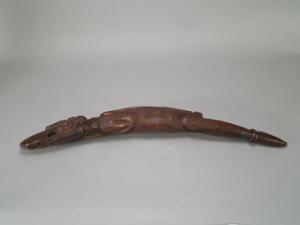What In the World TV Program
Exhibition (01 Jan 1953 - 31 Dec 1953)
- Object[103]
- no[103]
- african[26]
- american[41]
- asian[8]
- egyptian[8]
- european[1]
- mediterranean[4]
- near eastern[6]
- oceanian[9]
- 3D Model[2]
- animal[1]
- apron[1]
- arm band[1]
- bag handle[1]
- baobab nut[1]
- basket[1]
- bird askos[1]
- blubber hook[1]
- body stamp[1]
- bowl[1]
- box[4]
- box lid[3]
- breast ornament[1]
- capital[1]
- ceremonial mask[1]
- charm[2]
- club[2]
- counterweight[1]
- dance mask[1]
- dance stick[1]
- diver[1]
- doll[1]
- ear ornament[1]
- effigy[1]
- effigy urn[1]
- fetish[1]
- figure[4]
- figurine[12]
- figurine head[1]
- gong mallet[1]
- hand stone[1]
- harpoon head[1]
- headdress[1]
- heddle pulley[1]
- horse bit[1]
- house ornament[1]
- human statuette[2]
- idol[1]
- jar[2]
- jug[1]
- knife[1]
- mask[4]
- model[2]
- mortuary figurine[1]
- mummy mask[1]
- neck rest[1]
- oboe[1]
- ornament[2]
- pendant[1]
- pestle[1]
- pipe bowl[1]
- pipe reamer[1]
- pipe stem[1]
- pot[1]
- pottery[1]
- purse[1]
- ring stand[1]
- sarcophagus fragment[1]
- sculpture[9]
- spatula[2]
- spearhead[1]
- splitting adze[1]
- stamp[1]
- statue[1]
- statuette[1]
- stela[1]
- stela fragment[1]
- trident head[1]
- tzute[1]
- utility cloth[1]
- vase[1]
- votive[2]
- whistle[1]
- alaska[8]
- angola[1]
- anyang[1]
- asuncion mita[1]
- australia[2]
- ballas[1]
- belgian congo[6]
- benin kingdom[1]
- beth shean[1]
- botswana[1]
- brazil[3]
- british columbia[1]
- cameroon[2]
- canada[2]
- cape prince of wales[1]
- chalchuapa[1]
- china[1]
- cochiti pueblo[1]
- cook inlet[1]
- corrego grande[1]
- cyprus[2]
- deir el-bahari[1]
- dendereh[1]
- department of retalhuleu[1]
- distrito federal[1]
- easter island[1]
- ecuador[2]
- egypt[8]
- england[1]
- esmeraldas[2]
- etruria[2]
- ferguson plantation[1]
- fiji islands[1]
- gabon[2]
- german new guinea[1]
- grand river[1]
- guatemala[4]
- guebeche[1]
- guinea[1]
- gurob[1]
- highdouri hill[1]
- huaca paraiso[1]
- inner mongolia[1]
- iraq[2]
- irumu[1]
- israel[1]
- italy[2]
- japan[1]
- jefferson county (mississippi)[1]
- kachemak bay[1]
- kasai district[7]
- kenya[2]
- korea[2]
- kukukuku mountains[1]
- la tola island[2]
- lake rudolph[1]
- lapithos[1]
- limpiisk tundra[2]
- madagascar[1]
- matto grosso[3]
- mexico (central america)[6]
- mississippi[1]
- missouri river[1]
- mit-rahineh[1]
- mixteca baja[1]
- murchison district[1]
- naqada[1]
- near lambayeque[1]
- near menyamya[1]
- new caledonia[1]
- new guinea[3]
- new mexico[2]
- nigeria[1]
- nippur[1]
- north america[1]
- north slope borough[1]
- northwest of the town[1]
- nunavak[1]
- oaxaca (mexican state)[2]
- ontario[1]
- ordos[2]
- orinoco river[1]
- outpost simoe lopes[1]
- oxyrhynchus[1]
- pachacamac[2]
- peru[5]
- point barrow region[1]
- point hope[1]
- populonia[2]
- sherbro island[2]
- siberia[4]
- sierra leone[2]
- south africa[3]
- south arabia[3]
- turukhansk monastir[2]
- united states of america[8]
- upper paranatinga river[2]
- venezuela[2]
- western australia[2]
- zaire[7]
- birnirk[1]
- contemporary[1]
- cypriot iron age[1]
- early 20th century[2]
- early dynastic[1]
- early iron age[3]
- eighteenth dynasty[1]
- five dynasties[1]
- graeco-roman period[1]
- han dynasty[1]
- joseon dynasty[1]
- late period[1]
- late postclassic[1]
- liao dynasty[1]
- middle predynastic[1]
- ming dynasty[1]
- modern[1]
- new kingdom[1]
- ptolemaic period[2]
- qing dynasty[1]
- roman period[1]
- shang dynasty[1]
- silla[1]
- song dynasty[1]
- tang dynasty[1]
- thirty-third dynasty[1]
- yuan dynasty[1]
- aleut[1]
- archaic[1]
- bakairi[2]
- bambala[1]
- bamessing[1]
- barotse[1]
- basoko[1]
- basuto[1]
- bayaka[1]
- buddhist[1]
- bushongo[5]
- cakchiquel[1]
- central asian[1]
- chinese[2]
- cypriot[2]
- eastern bororo[1]
- edo (africa)[1]
- eskimo[6]
- fang[2]
- graeco-roman[1]
- iroquois[1]
- italic[2]
- japanese[1]
- keresan[1]
- kimberley[1]
- korean[2]
- kwakiutl[1]
- mangbetu[1]
- maya[1]
- mixtec[1]
- moche[1]
- nandi[1]
- natchez[1]
- nuragic[2]
- opiya[1]
- pianga[2]
- proto-maya[1]
- ptolemaic[2]
- pueblo[2]
- quiche[1]
- roman[1]
- sabaean[3]
- sardinian[2]
- saxon[1]
- shamanist[1]
- sherbro[2]
- sioux[2]
- susu[1]
- teotihuacan (mexico)[1]
- tibetan[1]
- tlingit[1]
- tungus[2]
- xiongnu[1]
- yenisei ostyak[2]
- zapotec[1]
- zulu[1]
- zuni[1]
- c.n. 241[1]
- found in a shell mound, six feet below surface[1]
- found in an attempted excavation of the houses.[1]
- found in brick pit 8-10 m. below surface.[1]
- from the huaca paraiso at the entrance to the seaward opening valley of marques (watered by the river of chillon).[1]
- grave 128-?[1]
- mound 1[1]
- nt general s.w.[1]
- p g 1932, house level rubbish[1]
- rm 100 e.[1]
- saxon cemetery/grave[1]
- tomb 76[1]
- animal[3]
- arhat[1]
- arm[1]
- bird[2]
- bull[1]
- chair[1]
- child[1]
- cicada[1]
- dog[1]
- dog?[1]
- dragon[1]
- duck[1]
- face[1]
- female[1]
- fish[1]
- frog[1]
- giraffe[1]
- harpocrates[1]
- hathor[1]
- head[2]
- human[2]
- human head[3]
- lion[2]
- lizard[1]
- man[1]
- mudfish[1]
- nude woman[1]
- pharetra[2]
- quiver[2]
- rabbit[1]
- raccoon[1]
- shrew mouse[1]
- stool[1]
- taotie[1]
- tiger[1]
- tortoise[1]
- upāsaka dharmatāla[1]
- woman[3]
- alabaster[1]
- bamboo[1]
- baobab nut[1]
- bead[1]
- birch bark[2]
- bone[2]
- brass[3]
- bronze[5]
- buckskin[1]
- cane (plant)[1]
- cartonnage[1]
- ceramic[14]
- claw[1]
- clay[3]
- copper[2]
- cotton[2]
- cowrie[1]
- diabase[1]
- fabric[1]
- faience[1]
- feather[1]
- fiber[5]
- gilt[1]
- glass[6]
- glaze[1]
- gourd[1]
- grey ware[1]
- hawk feather[1]
- hoof[1]
- horn (animal part)[2]
- iron[1]
- ivory[4]
- jasper[1]
- lava stone[2]
- leather[4]
- limestone[5]
- maize[1]
- metal[2]
- obsidian[1]
- owl feather[1]
- paint[1]
- peel[2]
- pigment[5]
- plant fiber[2]
- resin (material)[1]
- sandstone[2]
- sea grass[1]
- shell[2]
- silk[1]
- silver[1]
- stone[2]
- stoneware[1]
- terracotta[4]
- wood[35]
- wool[1]
- actual citation[32]
- type citation[2]
1 - 30 of 103 Records
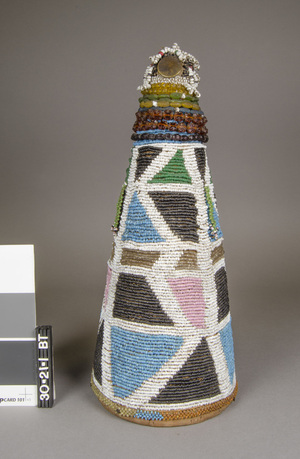

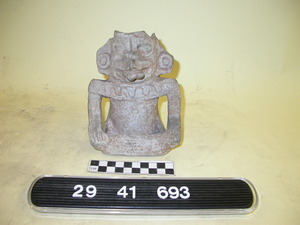
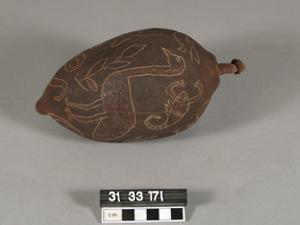
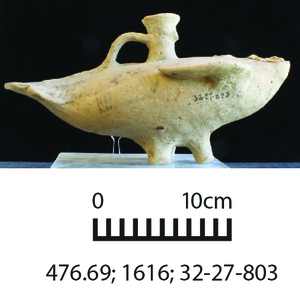
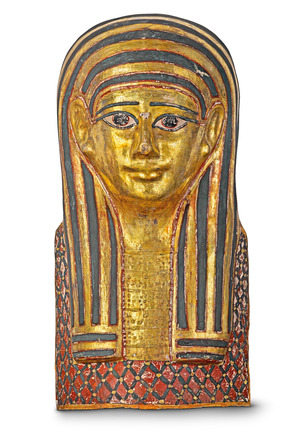
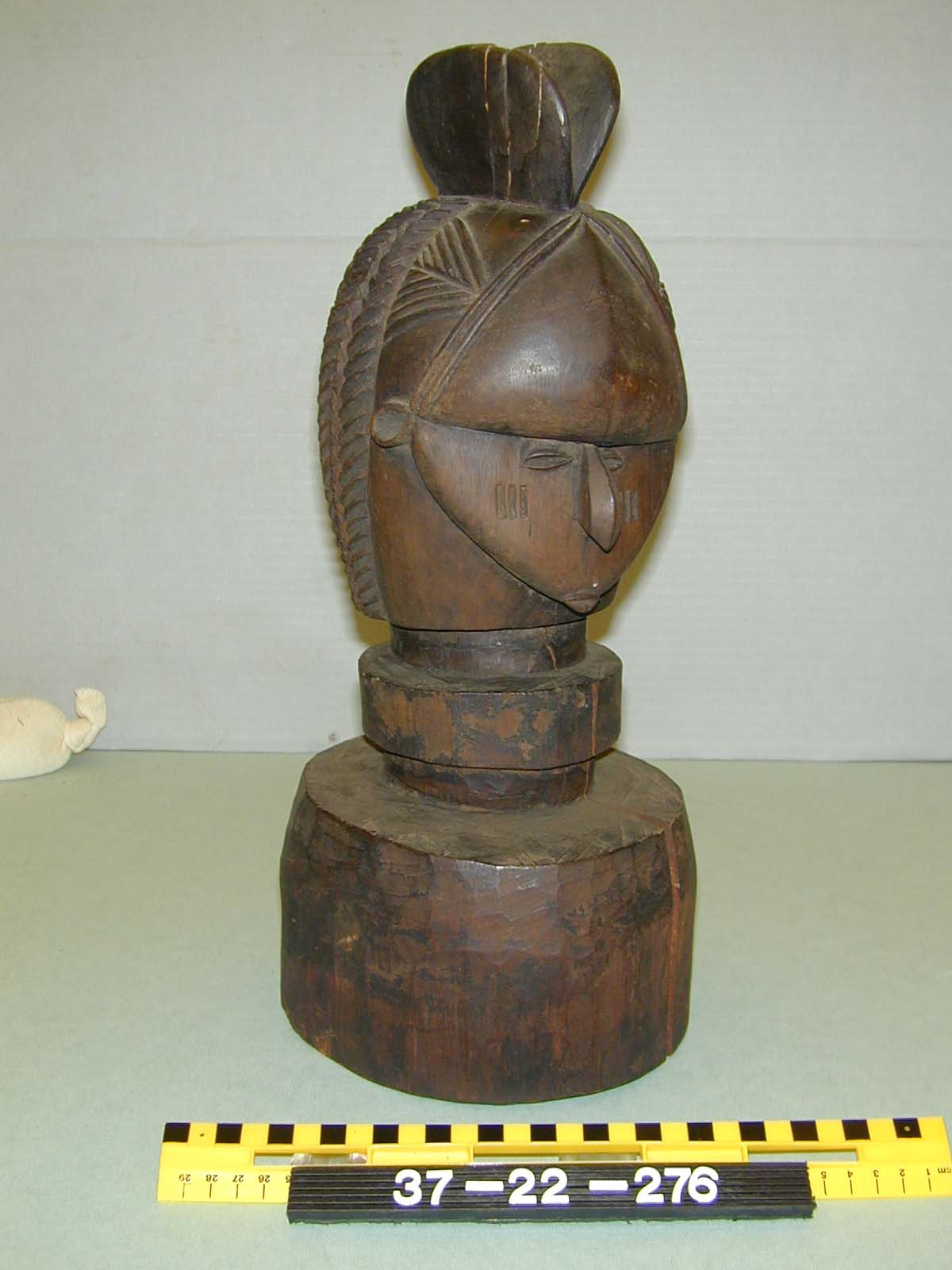

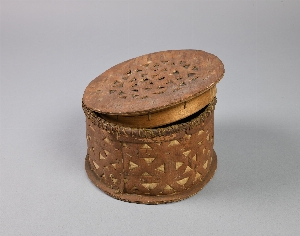

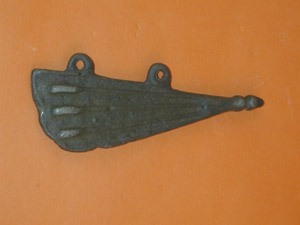
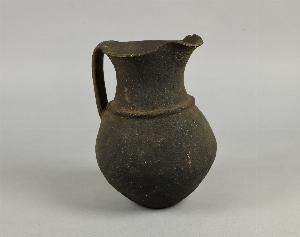
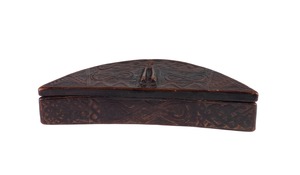

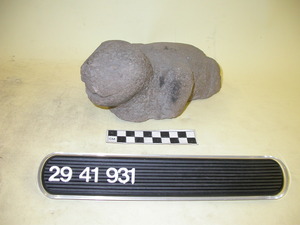
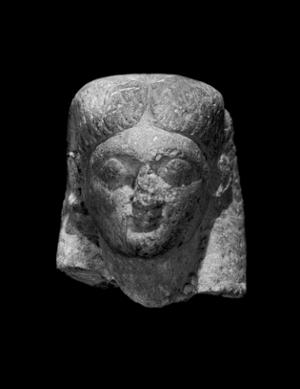
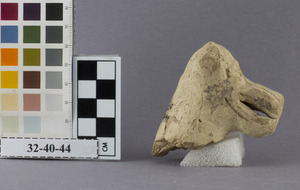
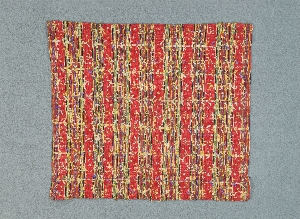
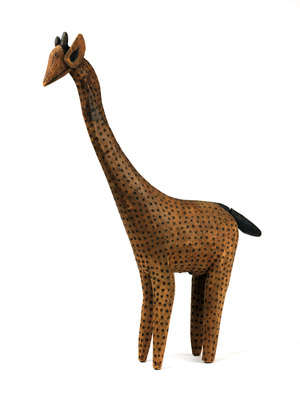
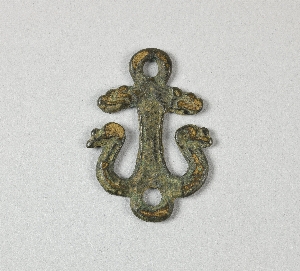
1 - 30 of 103 Records


